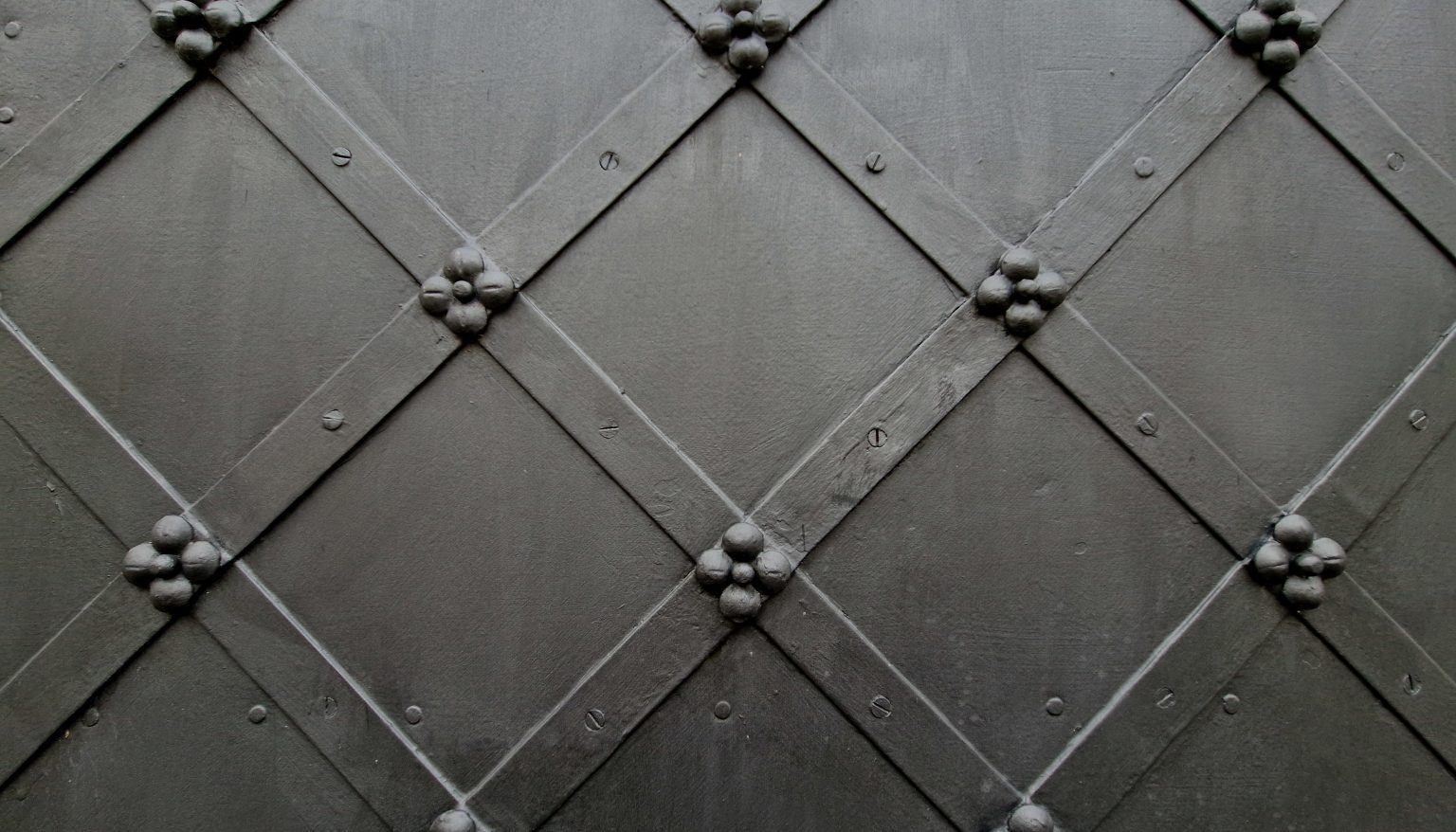For Nearly Three Centuries, A Rare Collection Of Medieval Wall Paintings Remained Unseen In A Loft Until Restoration Work Brought Them Out Of The Shadows

For nearly three centuries, a collection of medieval wall paintings had remained unseen in a loft space until ongoing restoration work brought them out of the shadows.
The rare paintings were located in what was once the northwest wall of the original library of Cambridge University’s Christ’s College.
The artwork features three crowned motifs associated with the Tudor dynasty: a heavy metal gate known as a portcullis, a red Lancastrian rose, and a fleur-de-lis.
Spanning 20 feet in width, the paintings are believed to date back to the early 16th century. The designs were applied on plaster with hints of limewash and partially obscured by a wooden joist.
The portcullis was the badge of the Beaufort family. They produced the first Tudor monarch in England, Henry VII, who ruled from 1485 to 1509. In 1505, the king’s mother, Lady Margaret Beaufort, refounded Christ’s College.
According to Christina Faraday, an art historian at the university, Henry VII’s claim to the throne was “incredibly weak.”
Therefore, he used special symbols to promote his reign, an early example of what we now refer to as marketing and branding.
The Lancastrian rose was another one of the king’s designs. He most likely created it after his victory in the War of the Roses, a series of civil wars fought over control of the English throne between the Lancaster and York houses during the 15th century.
The Lancastrian rose was used to reflect the white rose motif of the York house. When Henry VII and Elizabeth of York were married in 1486, the two roses were combined, resulting in the Tudor rose.
Michal – stock.adobe.com – illustrative purposes only
Sign up for Chip Chick’s newsletter and get stories like this delivered to your inbox.
Finally, the fleur-de-lis, a stylized emblem in the shape of a lily, has been used to represent English kings since the time of Edward III. Surprisingly, the works have remained well-preserved due to their covered location in the loft space.
“Such survivals are extremely unusual,” Faraday said. “Wall paintings were a relatively cheap and disposable form of decoration, and so were rarely deliberately preserved.”
After sifting through its archives, the college determined that the last recorded sighting of the art was sometime around 1738.
Experts will work to restore and conserve the paintings. Instead of going on display, they will be stored away for safekeeping once again because of their fragile condition.
Welcome to Billionaire Club Co LLC, your gateway to a brand-new social media experience! Sign up today and dive into over 10,000 fresh daily articles and videos curated just for your enjoyment. Enjoy the ad free experience, unlimited content interactions, and get that coveted blue check verification—all for just $1 a month!
Account Frozen
Your account is frozen. You can still view content but cannot interact with it.
Please go to your settings to update your account status.
Open Profile Settings